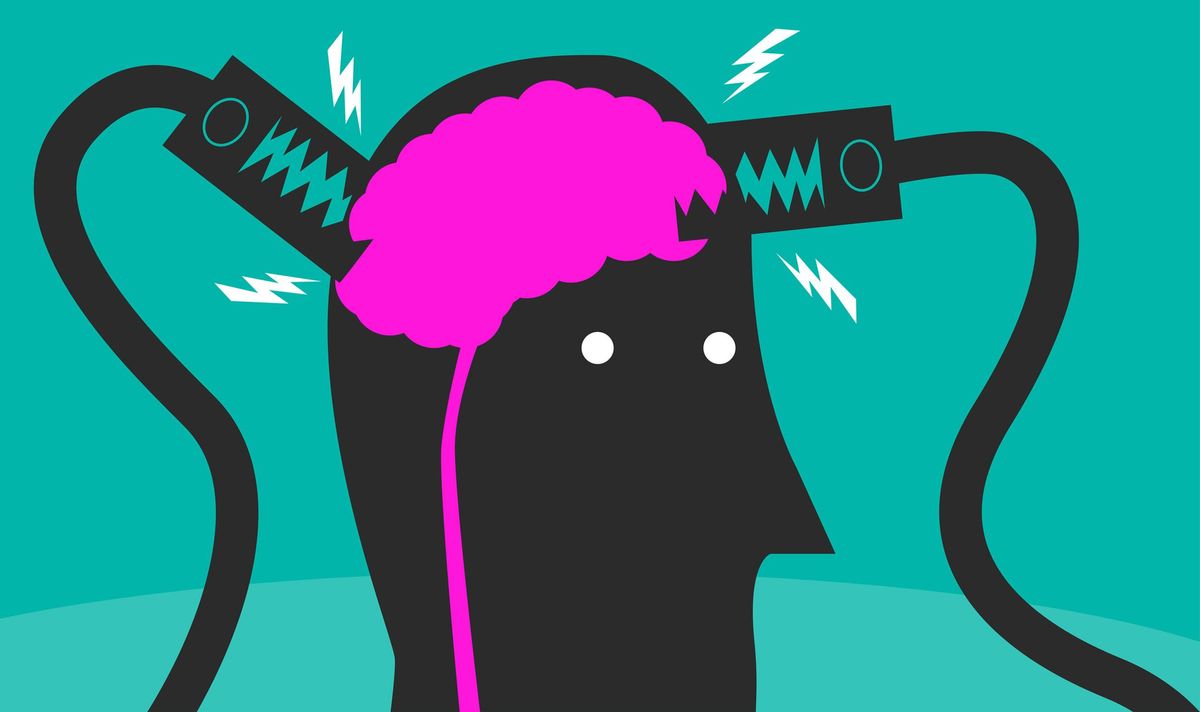Forgetfulness is natural, but as we get older, we tend to struggle more to remember things. Researchers from Boston University report that daily electrical brain stimulation for 20 minutes on four consecutive days shows memory improvements in seniors for at least one month. This noninvasive procedure was found to have benefits for both working memory and long-term memory.
For their study, the scientists used a technique called transcranial alternating current stimulation to target specific parts of the brain with electric pulses. They invited 150 people aged 65 to 88 to their laboratory, who were asked to memorize and recall lists of English words. As they did so, electric current was delivered through electrodes in a cap worn by the participants. This current, says neuroscientist Robert Reinhart, who led the study, strengthens the natural biological processes of the brain during memorizing and recall.
“People performed this process for 20 minutes each day on four days, and we then tested their ability to memorize and recall words one month after, without the electrical energy,” Reinhart reports. The participants showed memory improvements by the second or third day. “[They] could remember and recall more words than usual, and this improvement could be seen even after one month.”
They also noted that participants who started out with the lowest cognitive performance were the ones who benefited the most from brain stimulation. The results of their study was published in Nature Neuroscience.
Reinhart and colleagues targeted specific regions of the brain for working memory (temporarily holding a limited amount of information at the ready) and long-term memory (information held over a long period of time), based on available research. They found that low-frequency (4 hertz) pulses in the parietal cortex improved recall of words from the end of the lists, that is, for working memory. This type of memory showed particular improvements on days 3 and 4, and also one month later. For long-term memory, they targeted the dorsolateral prefrontal cortex at a higher frequency, 60 Hz. In this case, the participants showed better recall of words at the beginning of the lists on days 2, 3, and 4, and after one month.
These results suggest that storing information for short versus long periods of time require distinct rhythmic activity patterns in different brain regions, Reinhart says. “Critically, we need to take both anatomical location in the brain and the frequency of rhythmic activity in that location into account when studying memory function for a specific time scale.”
There will be over 2.1 billion people over the age of 60 by 2050, according to World Health Organization estimates, more than doubling from 2020 figures. In this same period, the global population of 80-pluses will triple to 426 million. Cognitive decline is an inevitability of age, but as life expectancies increase worldwide—from 47 years in 1950 to 73 in 2020—scientists have been looking at technologies to sustainably enhance or protect memory function in older adults.
Emerging research also suggests that COVID-19, particularly long COVID, may lead to memory impairments in some people, Reinhart points out. “Given that the world already faces heavy burdens due to memory decline in a rapidly aging population," he says, “Our study contributes…by using noninvasive brain stimulation technology to improve memory function.”
The study also contributes to the debate about theoretical models of free recall. “One family of theories suggests two distinct memory stores dedicated to short-term and long-term storage of information,” he explains. “A more recent family of theories…[instead] considers other cognitive abilities, such as attention, to explain memory phenomena.” His team’s findings suggest that the first family of theories cannot yet be conclusively rejected, and suggests further avenues for study to test ideas from the two categories of theories against each other.
Though their results were promising, Reinhart admits there are still gaps to be addressed. “We need to identify whether these memory improvements generalize to different kinds of memories, such as, visual or spatial memories, and whether these can be observed in tasks other than free recall. We also need to examine whether these improvements sustain for longer periods of time and whether they produce meaningful improvements in people’s real-world functioning.” Further research will also be needed to ascertain if this can help individuals with brain disorders and at risk for dementia.
- Brain-Zapping Gadgets Need Regulation, Say Scientists and (Some ... ›
- Electric Jolt to the Brain Helps Stop Stutters - IEEE Spectrum ›
- Can Neural Stimulation Zap Addiction? - IEEE Spectrum ›
Payal Dhar (she/they) is a freelance journalist on science, technology, and society. They write about AI, cybersecurity, surveillance, space, online communities, games, and any shiny new technology that catches their eye. You can find and DM Payal on Twitter (@payaldhar).



